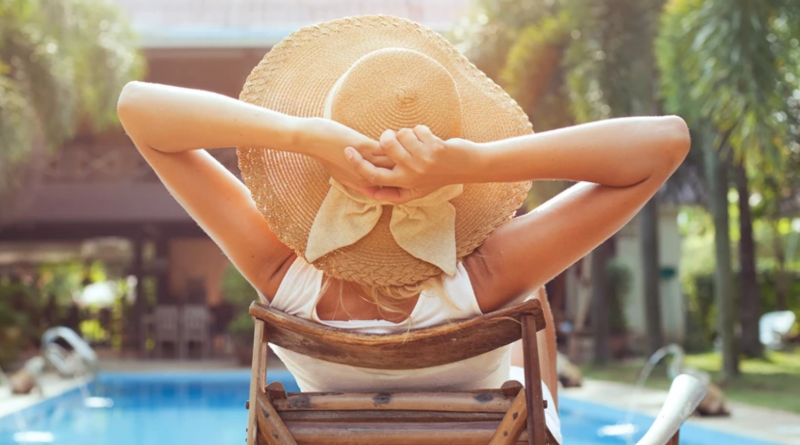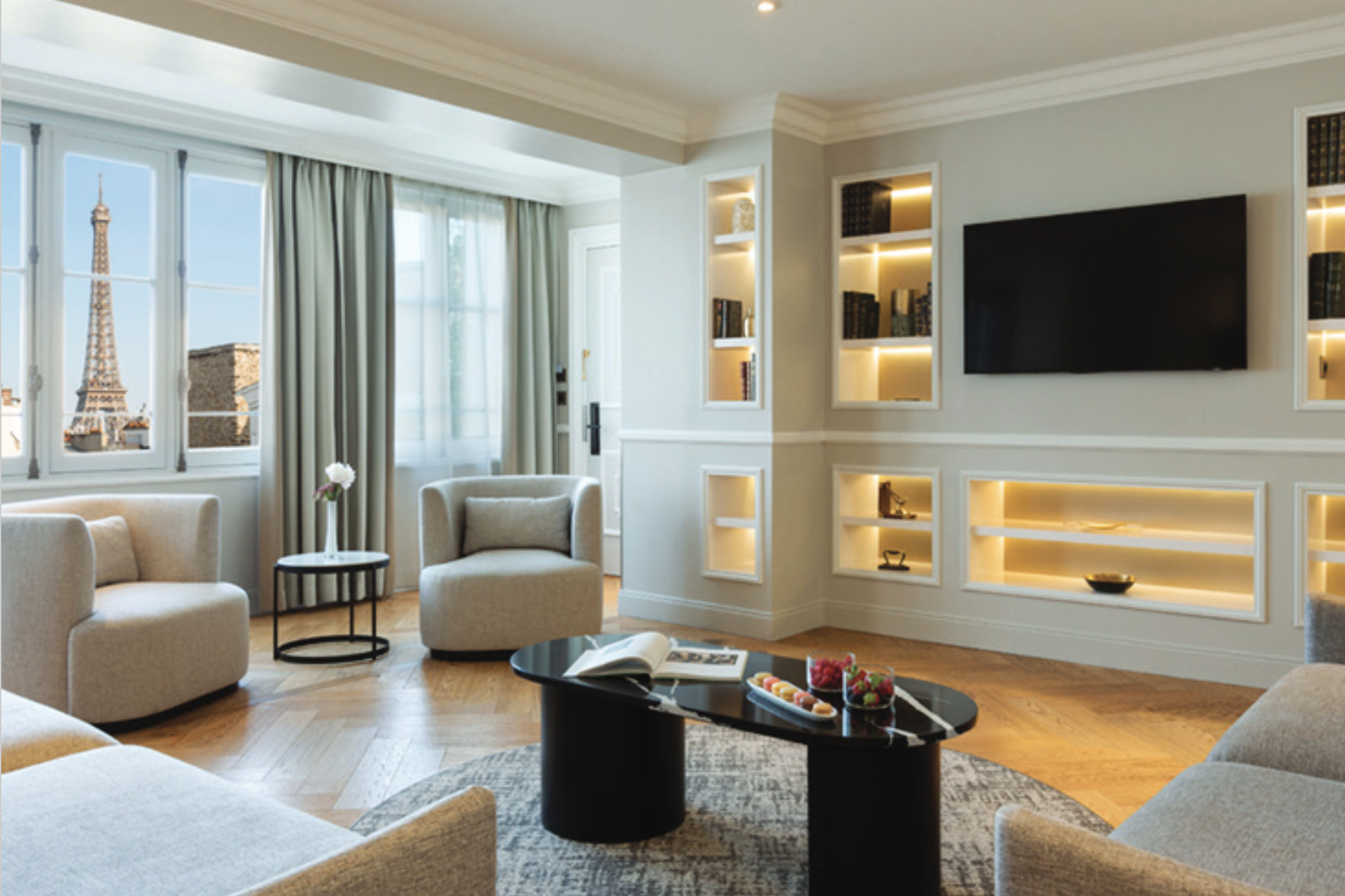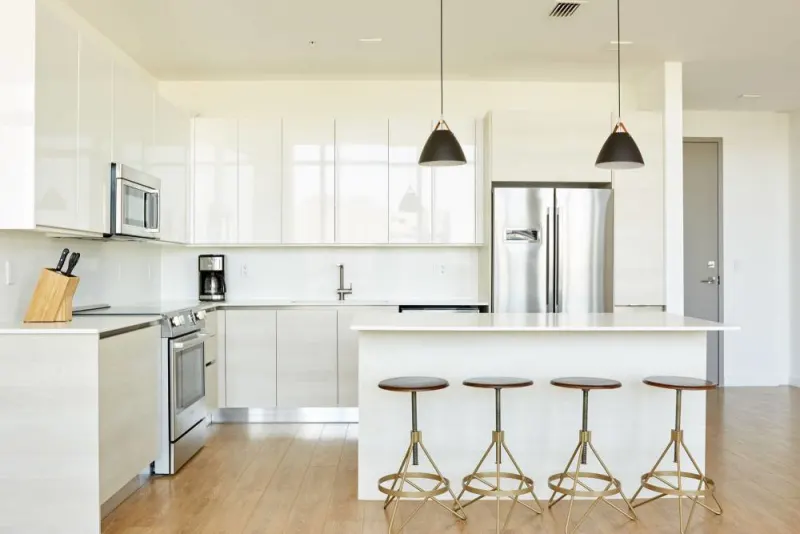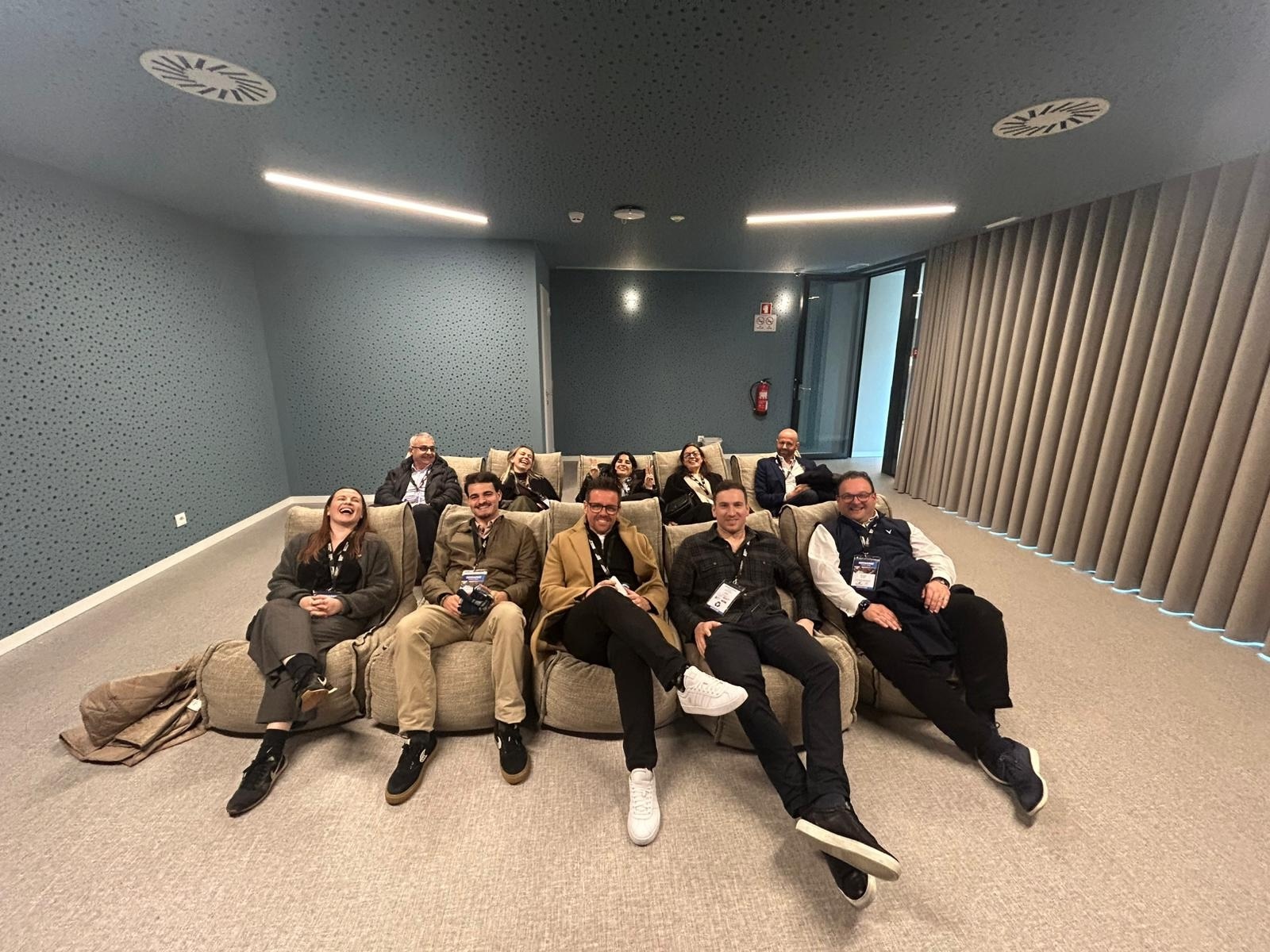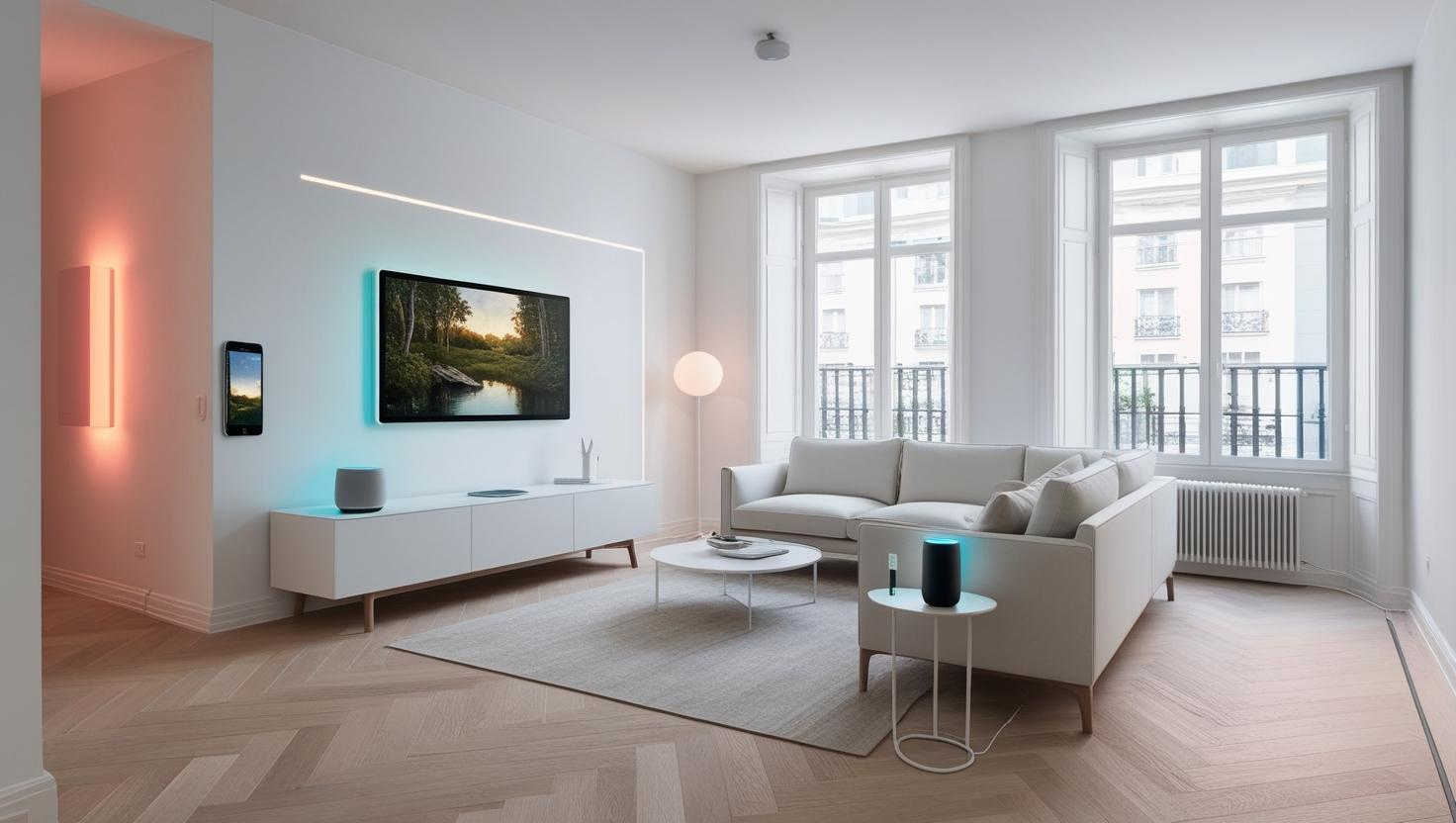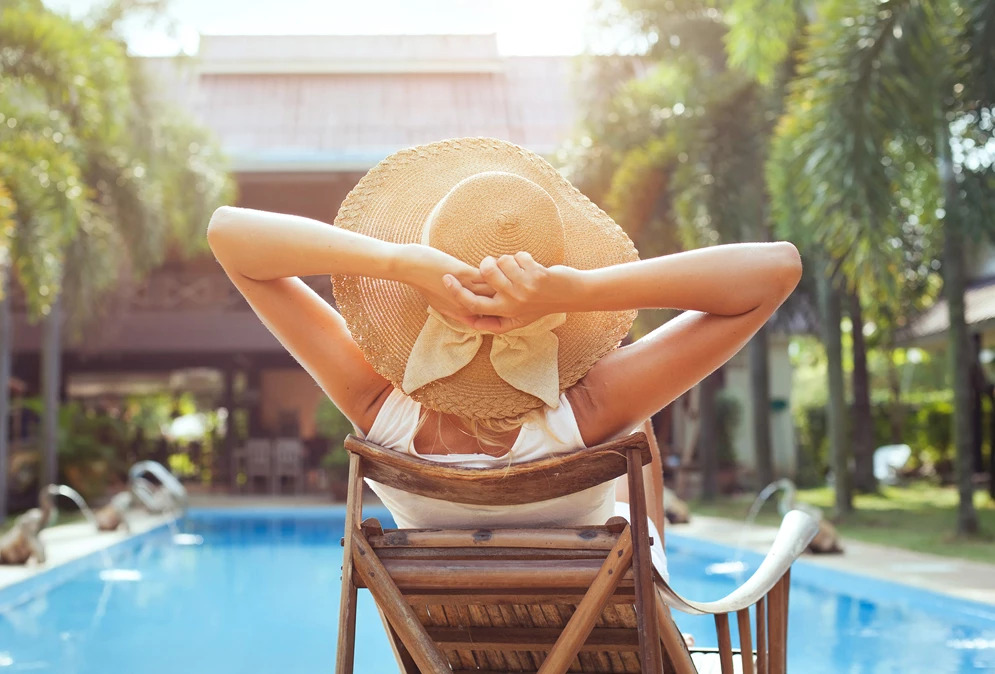
For the second part of this article, HoCoSo’s Jonathan Humphries interviews Mariana Palmeiro, an expert on wellness and wellbeing. She was recently head of the wellness education-to-executives program at Glion Institute of Higher Education, Switzerland.
JH: Mariana, following up from the first part of the article, I would like the opportunity to explore this important topic in more detail with you. In the first part, we covered some of the causes of stress, however a sense of community and need for wellness, is also a consequence of loneliness and our use and integration of technology. When I was interviewed by Glen Haussman from Heretostay.tv, he used the phrase ‘socialising alone’, which I think captures the trap that we set for ourselves when we are working and living today. Would you mind explaining this in more detail for our readers?
MP: “One of the reasons people are lonelier and have more stressful lives is the extreme use of technology. For example, when people come to wellness destinations their first biggest need is to ‘switch off’. Not by having no wifi or no technology around them (we absolutely love tech and everything that it brings) but by actually being distracted, inspired and engaged in different activities where they actually remember how it is to be technology free and be with people, be with nature, actually taste food and have a light or meaningful conversation. To me this is also the power of co-living and co-working spaces. Even if we are more connected than ever, we have never been more disconnected as human beings – from nature, from our families and friends because of the mobility factor your described, and from even our political and societal aspects of our life. This is why people find it easier to be alone in single households because they ‘think’ they are actually connected and don’t need to actually ‘put up’ with other people – but our brains have been wired forever to be in a community of people. When we are in a group conversation and we go out, we share a meal, we help others in need – our brainwaves change completely – and we mentally thrive. This is why loneliness caused by these significant lifestyle changes are a major factor in the increased levels of depression and anxiety, besides stress – several WHO facts on this as well.”
“Technology is also a major factor in improving the general wellbeing of spaces through numerous Iot and smart home devices that focus on air quality, quality of water and sleep, natural light, sustainable and comfortable design, etc. These are very important factors that can become unique selling points in making the stay away from home and business traveling more pleasant and impactful as an experience.”
JH: In Part 1, I touched on Maslow’s Hierarchy of needs. Is this still relevant in today’s world and is it something we should be conscious of in our day-to-day lives?
MP: “When you mention Maslow’s hierarchy of needs, at the top we have actualisation but actually later in the 70’s Maslow upgraded this concept to a higher tier of the pyramid – Self-Transcendence (very highest and most inclusive or holistic levels of human consciousness, behaving and relating, as ends rather than means, to oneself, to significant others, to human beings in general, to other species, to nature, and to the cosmos). This also relates to the sense of community you explained but is also explaining the need for people to practice mindfulness, meditation, to be more environmentally conscious and explains also why when this is missing in our life – we become more uneasy, and stress kicks in.”
JH: Many of our readers are in the real estate and hospitality industry. How is this relevant for them?
MP: “Wellness communities or wellness real estate has been talked about a lot in the spa and wellness community as a way to bring in design, architecture and real estate concepts to look more into the important of combining single household for younger generations with units for baby boomers who don’t want to be in nursing homes and families with kids that want open and outdoor spaces. These wellness real estate developments take this into account and try to find ways to sometimes give less square footage to the homes but more to shared spaces where people meet if they want to and where, even if they are not from the same culture or background, they still feel like they belong to a community and this affects their overall feeling of wellbeing as referred above. When you look at studies in longevity for example, the communities that live the longest in this century all have the same elements of lifestyle – they exercise regularly (normally walking due to type of geography), they eat mostly plant-based food, they sleep well, they take time for themselves, they engage in a community activities- being religious or a book club or a ladies’ card playing night. This has been proven to increase their longevity by far. Oh, they also have a glass of wine regularly!”
JH: “As you know, HoCoSo is focused on creating hospitality concepts of the future which are moving strongly in the direction of experience, transformation and hopefully one day, transcendence. What is your suggestion going forward for those people who are thinking of creating new concepts? Also in addition to the altruistic reasons, what other benefits are there?”
Mariana Palmeiro: We have been genetically programmed and our brains have been wired to have such types of lifestyles – so these are really the pillars of wellbeing we look at for all our concepts in the industry and how we explain the lack of such lifestyle choices as a major cause of stress. Based on our discussion and your Part 1 article, it is great to see how the real estate and serviced apartment community is looking at mental wellbeing and busy travellers. The concepts that will nail this will certainly become easy winners and can also charge premium rates for the experience they provide.”


